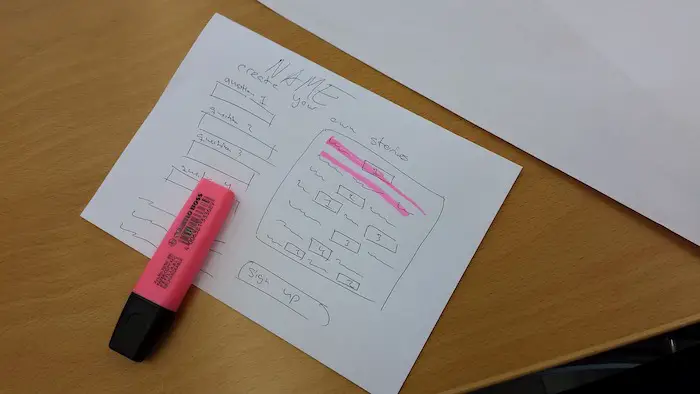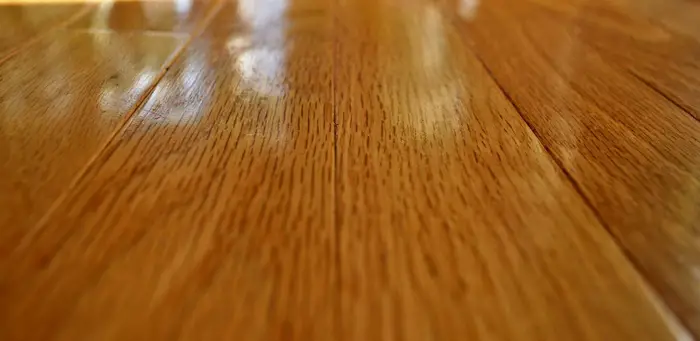Books can create a substantial expense for your budget if you’re a student or even an avid reader. A vast majority of people who buy regularly choose to shop for used items for the massive discounts.
The problem is the material has already been marked with highlights and scribbles of notes from the previous reader’s reference points. In some cases, the ‘graffiti’ is extensive.
This is distracting not only for the college student who may not share the same study habits but also for anyone trying to merely read for pleasure and disheartening to someone who may mark the wrong point at work
But understanding how to remove highlighter from paper can be as simple as using basic home remedies we’re told rather than harsh chemicals with which there is a risk of ruining the paper altogether?
Steps For Removing Highlighter Ink From Paper Using Home Remedies
Taking highlighter ink from the material is challenging, but removing it from what is a very thin, porous, fragile sheet of paper can prove implausible in that the objective is to leave behind an intact white surface.
Luckily, for those unaware of how to resolve this unfortunate situation, you can take several creative steps that have seen great success. Follow along for some handy ideas.
** Method 1 – Lemon Juice
Using a container of lemon juice, use a cotton swab to rub across the highlighted area gently. The acidic content boasts of dissolving the ink, but it can dissolve the paper, so being soft is key for lighter weight paper.
** Method 2 – Brake Fluid
Brake fluid touts a useful component for taking highlights out of paper simply. With the application, you can either use a dropper or a cotton swab to go only over the inked area.
** Method 3 – Acetone As A Solution
Nail polish is a common household acetone that has the potential for removing highlighter ink off of the paper. Again a cotton swab is soft and will save the document from deteriorating under the liquid.
** Method 4 – Rubbing Alcohol
This method is commonly used for highlighter removal and inks. You can actually submerge a paper in a tray of isopropyl alcohol or rubbing alcohol for up to five minutes without destroying the integrity of the sheet.
Again, if there are only a few lines or a few words, use your swab to go over those areas specifically. You can use any rubbing alcohol to employ the technique but try to stay away from those with dyes or scents.
Avoid areas that you don’t want to erase. Anything exposed to the substance will fade out. It claims to be a relatively effective tool for this purpose.
** Method 5 – Water Mixed In Baking Soda
Make a thin paste of baking soda with water. For application, you want to use a white, soft, clean, cotton cloth with which you’ll dab the substance over the highlighted surface and gently rub where you want to erase.
With this method, some people find it particularly helpful to use a soft-bristled toothbrush with intact bristles, no frays. After the water eventually evaporates, the baking soda will merely fall off.
These are merely the remedies that are available in the home. They’re more readily available and less likely to destroy the paper. The suggestion is to try to avoid harsh chemicals because you risk the loss of the entire project.
The claim is there are products available now that more people are showing interest in, such as erasable colored pencils, pens, and even highlighters.
If more people were to invest in these products, it would save a lot of time, effort, and frustration for those trying to take the ink off. The erasers look conventional but note to leave no debris or smears.
The concept is the heat produced when rubbing the spot removes the ink with what is called a ‘special eraser.’ The suggestion is that the paper does not wear down, and there are no bleeds or residue with clothing.
As A Side Note
It is always a good idea to start with the most natural, safe method for removal and work your way to the most potent technique. The chance that one of the simplest home remedies will work for you is very realistic.
In the case of rubbing alcohol, which deems to be among the most effective, you can substitute hand sanitizer if you have to as it comprises a majority of alcohol.
The least suggested on our list is nail polish remover, and in some cases, people have been known to use hair spray. These can be effective, but strong caution is urged with these methods. Only if absolutely necessary.
No matter which option you choose, always put a drop cloth of some sort down on which to work. It keeps everything neatly in one place, away from small hands, and allows you to work cautiously, which is the priority.
Related Questions

Why Is A Highlighter’s Color So Vivid?
These markers are so incredibly brilliant because they note as being literally ‘fluorescent.’ That is not just an adjective being used to describe the ‘bright’ effect that they demonstrate.
It is actually scientifically precise, indicating that the ink offers a ‘fluorescence.’ That term denotes a phenomenon where there is an absorption of light by a certain material in a particular color. Still, it then emits light of an alternate color via a wavelength of greater longevity.
Humans aren’t able to see the first ultraviolet light, so a fluorescent object appears as though it is mysteriously glowing of its own accord when it is merely shining through the ultraviolet rays.
The ink will look as though it’s glowing in the dark under ultraviolet light because a highlighter comprises chemicals of a fluorescent nature. These colors are often casually referred to as ‘neon.’
How Can You Remove The Ink From A Highlighter Pen?
Highlighters are unique to other types of pens. With regular ink pens, taking them apart is a pretty simple process in order to access the reservoir. These, though, are tightly sealed to contain the ink.
With the correct tools, it is possible to reach the reservoir and remove the ink cartridge. You’ll undoubtedly want to have a drop cloth for any potential spills, which will result in staining.
The end cap on most highlight markers can either twist or blend with the barrel to look like an indentation. You’ll need a small pair of pliers to twist the end cap from the pen.
If it’s not twistable, use a craft knife inserted at the seam where the barrel and end cap come together, slowly rocking the knife to pry it off. After it’s off, grab the ink reservoir with tweezers and pull it.
Once you’ve finished what you need to do, go back and put it together as it was taken apart.
Note: People stuck working from home are attempting various DIY opportunities to save money on supplies. Some have been trying to use highlighter ink with old printers they hacked.
Why Doesn’t Yellow Highlights Show Up On Photocopies?
Whether you work in an office, are an artist, or whatever your talent may be, highlighters are used frequently to mark points of interest in every industry.
And it can be done with confidence that a photocopy can be made leaving behind no evidence that there had been any references ever made. But is that good if you need those markers for a specific purpose?
Why won’t the copy machine acknowledge the highlighted material? Back and white photocopying machines typically use a black toner only, meaning they will only print out in black. Even grey is often not clear but grainy.
When a copier of this nature attempts to translate colors, it has to convert each one into either a black or a white designation. When you have paper covered in yellow highlights, the machines view this white.
The reason for this is that yellow is an ashen shade, and the copier has to decipher whether it is closer to black or white. It deems it to be closer to white.
It clears the color out to blend, disallowing its appearance on the paper, meaning it won’t show up on the photocopy, only the text under the shade.
In a lot of cases, particular office settings, the managers will purposely choose yellow or green for the fact that it won’t show up. It allows for interoffice collaboration without transference into the copies.
On the other hand, if you tried to do this with orange or red, the machine would likely deem these colors closer to black and blackout the entire content under the highlighted sections.
With some higher quality copy machines, you can play with the resolution allowing the potential for grey to come through, but these are likely still not going to reproduce the highlighters.
Modern color machines will have no problem producing an exact duplicate of the original, including the referenced highlights, even the yellow ones.
See Also: The 3 Best Dusters For Books


